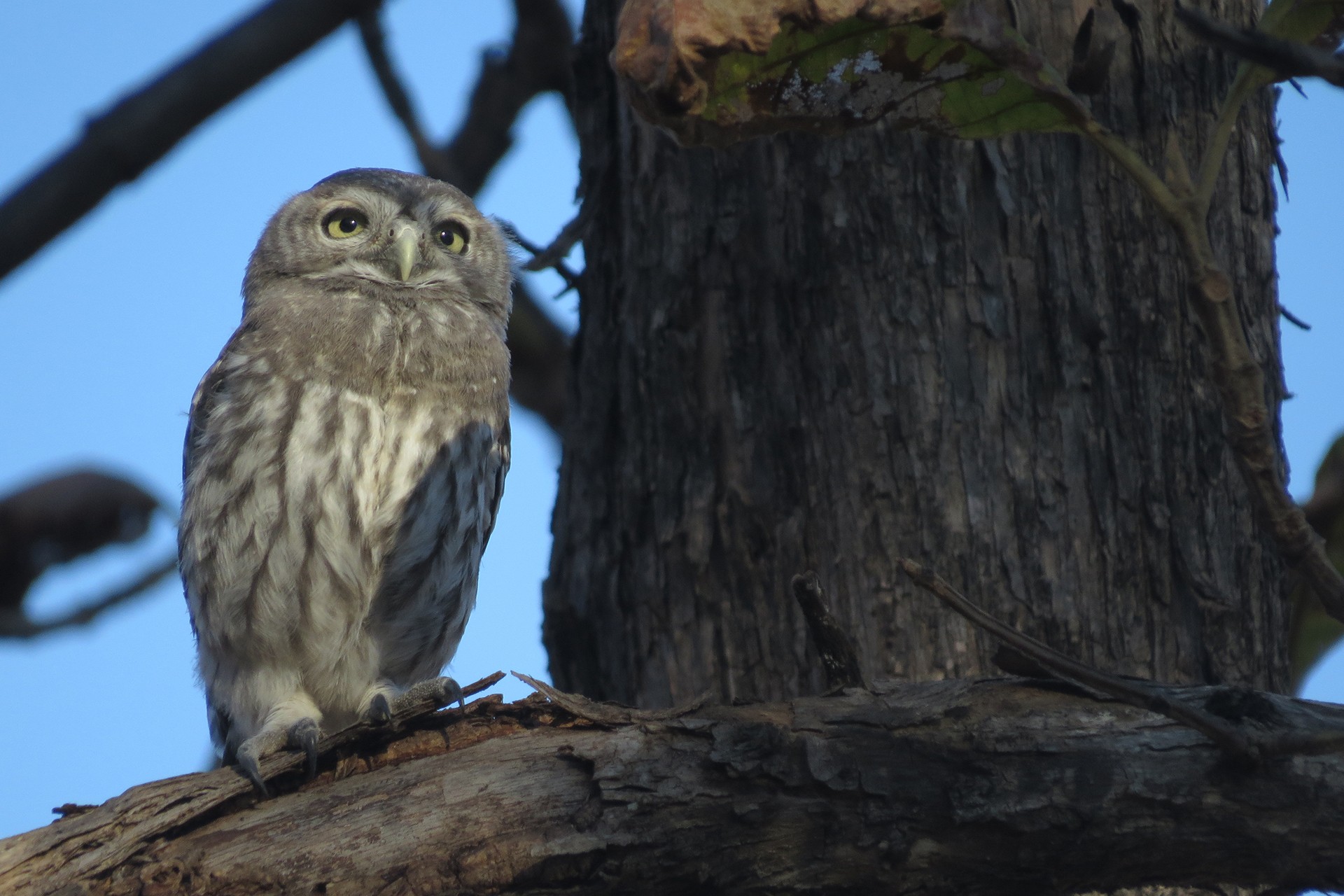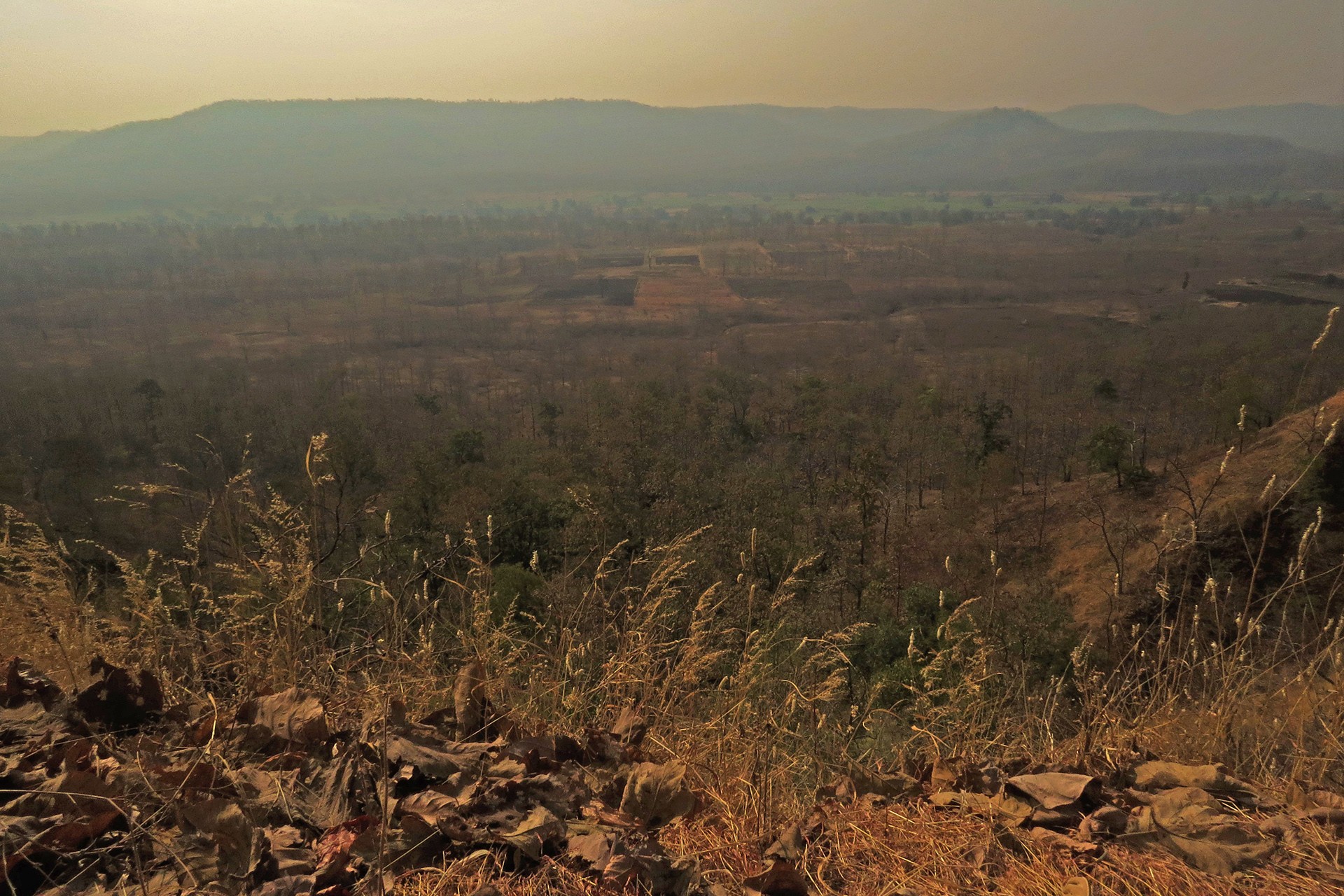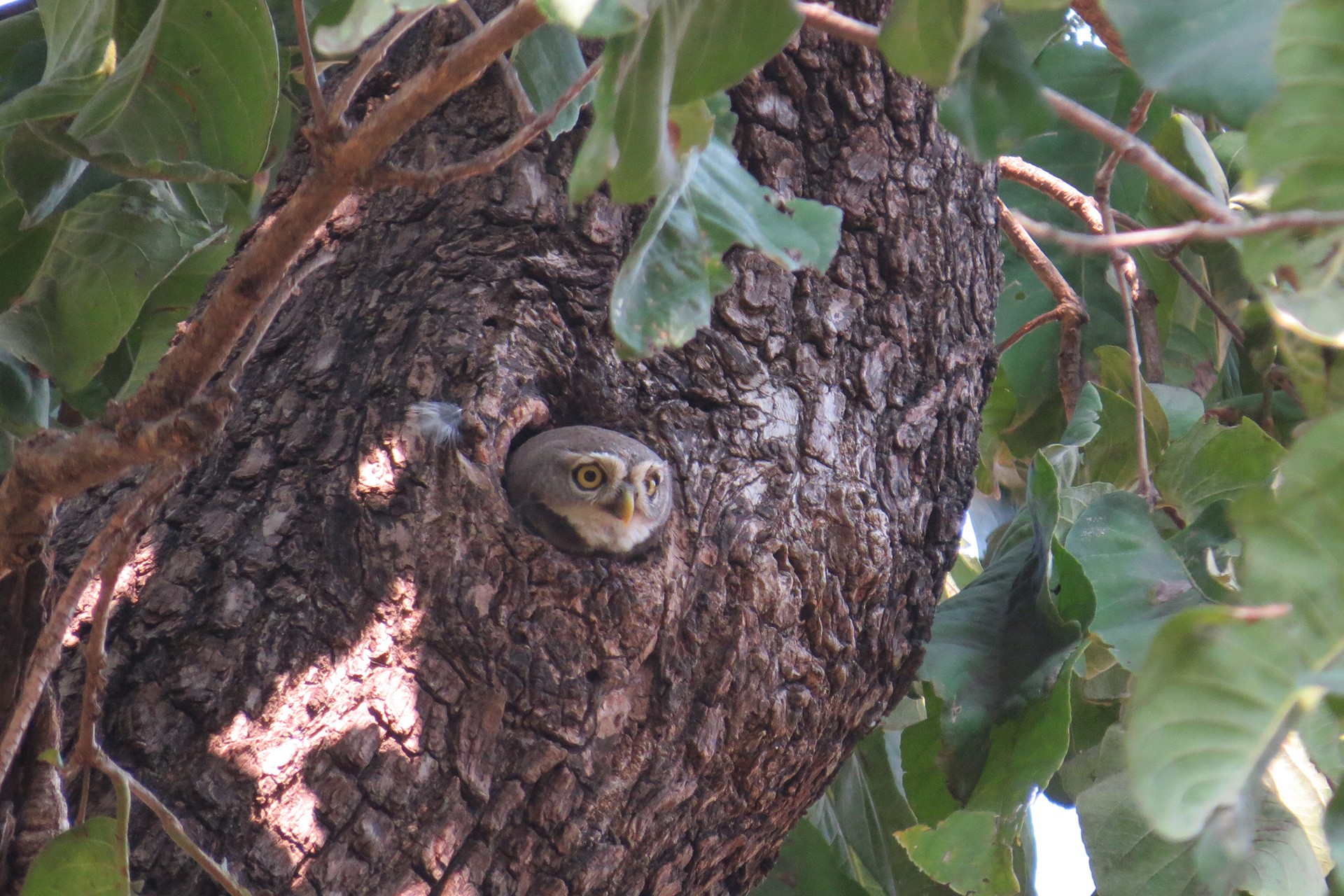Endangered Species Day falls on the third Friday of May every year. To call attention to the wildlife we’re most in danger of losing, Nature inFocus has launched a multi-part series on endangered species across India. We’ve chosen to focus on each species individually, by asking a researcher who’s been directly involved in the fight for their survival to write about them. These aren’t intended to be solely dire missives either – if there’s good news, or a small milestone that’s been achieved in the field, we want to highlight it. If their numbers are inching up with the help of conservationists, researchers, policy makers and nature itself, we want to celebrate this. Here is the first story of the series.
The Forest Owlet (Heteroglaux blewitti) is endemic to India. A small-sized owl, it is among the top 17 birds in the world that fall within the endangered category. The International Union of Conservation of Nature (IUCN) has declared it Critically Endangered.
It was discovered in 1872. Between 1872 and 1884, six specimens were collected. After 1884, there were many reports of Forest Owlet sightings all over the country but they were all cases of mistaken identity – they had been confused with the Spotted Owlet. Finally, in 1972, scientists began to consider the possibility that the Forest Owlet may have become extinct.
In 1997, the Forest Owlet made its reappearance after 113 long years! An American ornithologist, Dr Pamela Rasmussen, came across the Forest Owlet skin in the British Museum, and realised that in all the field guides she’d seen, the bird was depicted very differently than it actually appeared. Perhaps the forest owlet wasn’t extinct, but had simply been overlooked for many years as the Spotted Owlet? Dr Rasmussen decided to carry out a survey of the bird at its historical locations in India. The search began in Odisha and Chhattisgarh where erstwhile forests had disappeared to make way for crop fields. They could not locate any Forest Owlets there. In November of that year, they started a survey in Maharashtra, near Nandurbar District, and much to everyone’s surprise, they found two Forest Owlets. The rediscovery led to a renewed interest in the Forest Owlet.
After its rediscovery, several organisations carried out surveys to determine the distribution of the Forest Owlet. The Bombay Natural History Society (BNHS) initiated surveys in 1999. Our organisation, Wildlife Research and Conservation Society (WRCS) also carried out a survey of the Forest Owlet in the five Indian states where it was originally known to be present: Odisha, Chhattisgarh, Madhya Pradesh, Maharashtra and Gujarat. At present the Forest Owlet is known to exist in three of those states; Maharashtra, Madhya Pradesh and Gujarat, mostly in small and isolated fragments of teak-dominant forests.
What was the main reason for its decline? From what we observed in our study area of Khandwa, Madhya Pradesh, is the indiscriminate cutting of large trees by local people. Forest Owlets prefer to nest in cavities of specific dimension. If they don’t find a suitable cavity, they select sub-optimal nests, which compromises the safety of their eggs and juveniles. So in areas where trees are cut indiscriminately, their breeding success is lower. Each year, there are only 1 or 2 juveniles emerging out of 6 to 7 nests, while Spotted Owlets who share the same habitat have a higher survival rate. In addition, local people often steal owl eggs and chicks for various purposes – for trade, black magic, gambling, and even for the pot.
In our study area, we organised workshops with field staff to emphasise the ecological importance of owls and why it is important to protect them. Also, the staff have been made aware of importance of nest trees in their area – which we marked with a band of green paint so local people would refrain from cutting them. This has worked very well – none of these trees have been cut yet. We’ve also involved local farmers as conservation partners – many nest and roost trees are located in their fields. We’ve been training the ladies of the village to make owl handicraft items, marketed by us as Athena brand products. This way, we have made the owl an income provider for them, which has led to increased interest in their conservation among local communities. Overall, a combined approach of field staff training, building awareness and involving the local community has been effective.
Sightings of the Forest Owlet have now been reported from a few more locations. However, this does not mean that they are as widespread as the Spotted Owlet and Jungle Owlet. Since Forest Owlet locations are isolated, it is difficult to estimate their population numbers. We are working on population estimates in our study site, where we have colour-banded 50 birds. (The mark-recapture model is most often used for estimating tiger populations.) It is important to monitor the presence of banded birds in the area to generate a population estimate for a specific area, so we cannot comment on current numbers yet.
It is important to integrate conservation and science using a participatory approach. To protect any endangered species, the research plan and conservation strategy should be shared at a policy level, a local level and with the wider audience. While the Forest Department can help with field level implantation, citizens play a very important role in generating overall awareness on owl conservation. Harmful superstitions and irrational beliefs about owls should be eradicated from society by encouraging youth and children to learn about owls in their vicinity and appreciate the uniqueness of the species. Once you begin to admire something, you will protect it from being harmed.
To read more stories from the Endangered Species Series, click here.




